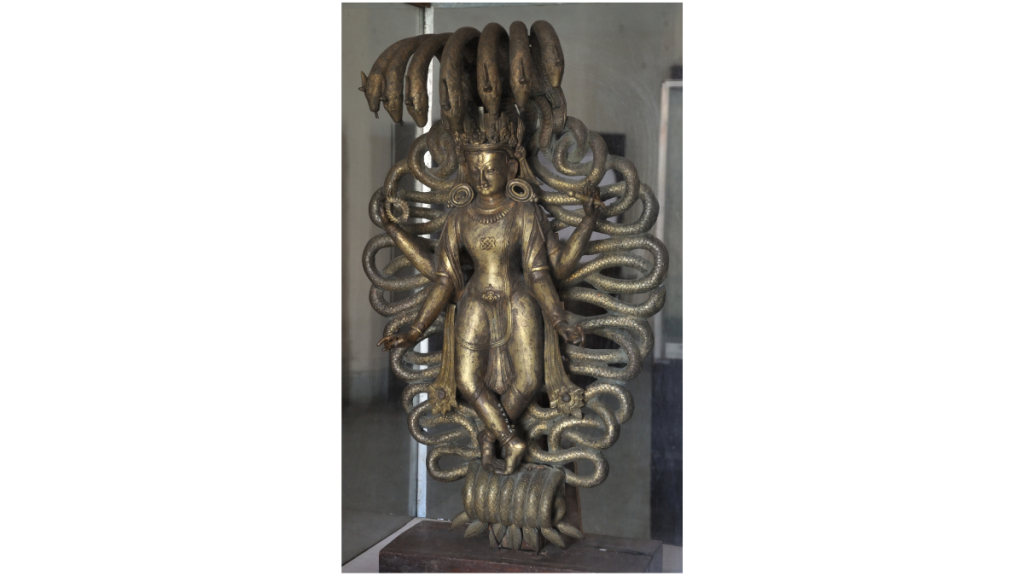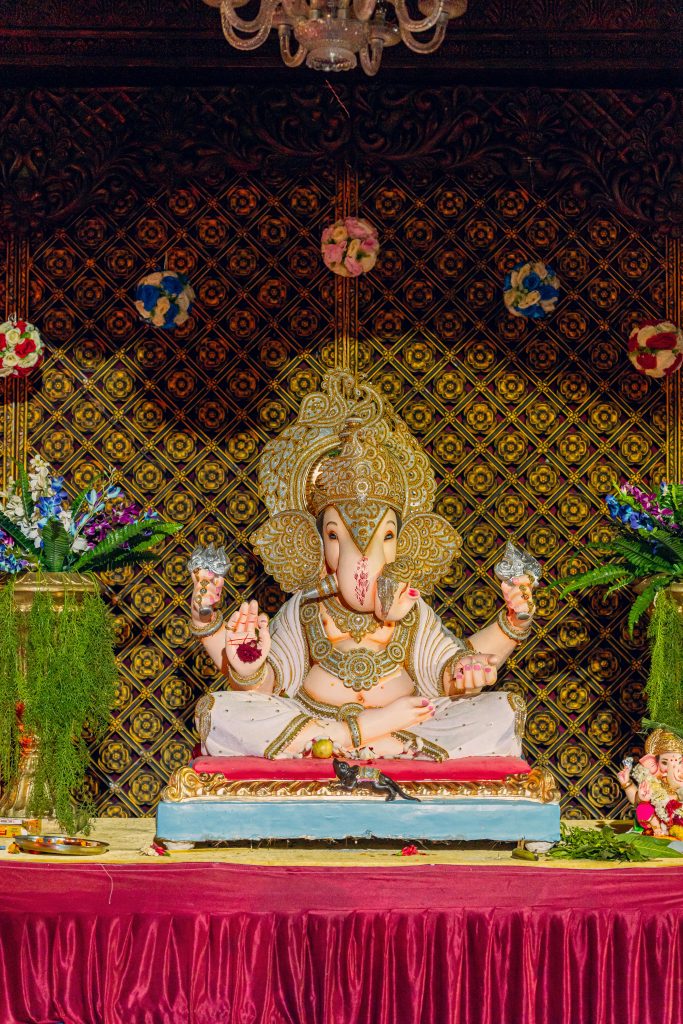Now Reading: Sahajta: The Essence of Naturalness in Indian Buddhism
-
01
Sahajta: The Essence of Naturalness in Indian Buddhism
Sahajta: The Essence of Naturalness in Indian Buddhism

Sahajta, often translated as “naturalness” or “spontaneity,” is a profound concept within Indian Buddhism and its offshoots, including the Vajrayana and various tantric traditions. This principle, deeply rooted in the philosophical and spiritual currents of India, emphasizes the state of being that arises naturally when one transcends artificial constructs and dualistic thinking. In its essence, Sahajta represents the innate purity and spontaneity of reality, unadorned by mental fabrications.
The Meaning of Sahajta
Derived from the Sanskrit word sahaja (lit. “born together” or “innate”), Sahajta conveys the idea that enlightenment or ultimate truth is not something external to human existence but an inherent quality within every individual. This perspective challenges the notion that liberation can only be attained through rigorous asceticism or external rituals. Instead, Sahajta teaches that the natural state of mind—free from attachment, aversion, and delusion—is itself the gateway to enlightenment.
This concept finds resonance in other spiritual traditions of India as well. In Advaita Vedanta, Sahajta is mirrored in the notion of the self’s inherent unity with Brahman. In certain bhakti (devotional) movements, it manifests as the idea that divine connection arises spontaneously through love and surrender. However, in Buddhism, Sahajta is closely tied to the understanding of emptiness (śūnyatā) and the nature of mind.
Sahajta in Indian Buddhist Traditions
Early Buddhist Context
Although Sahajta as a term gained prominence in later tantric and Mahayana traditions, its seeds can be traced to early Buddhist teachings. The Buddha’s emphasis on the middle way—avoiding extremes of indulgence and self-mortification—can be seen as a precursor to Sahajta. This balance aligns with the idea of living in harmony with one’s innate nature rather than forcing it into artificial extremes.
Vajrayana and Sahajta
In Vajrayana Buddhism, Sahajta takes on a central role, particularly in the teachings of Mahamudra and Dzogchen. These advanced meditative traditions emphasize recognizing the mind’s natural state, which is inherently luminous and free. Practitioners are encouraged to let go of effortful striving and rest in the simplicity of awareness, allowing the innate qualities of compassion and wisdom to arise spontaneously.
For example, Mahamudra practices often involve pointing-out instructions, where a teacher guides the student to directly experience the mind’s natural state. This experience is said to be “sahaja,” a realization that transcends conceptualization and effort.
Sahajta in Buddhist Poetry and Art
The concept of Sahajta also finds expression in Buddhist poetry, particularly in the works of Indian and Tibetan mystics. The Dohas (songs of realization) by Mahasiddhas like Saraha, Tilopa, and Naropa celebrate the spontaneity and freedom of the awakened state. These songs often critique overly rigid spiritual practices and affirm the beauty of living in harmony with the natural flow of life.
For instance, Saraha’s Dohakosa frequently highlights the futility of searching for enlightenment outside oneself when it is already present within. Such works echo the essence of Sahajta by celebrating the innate and effortless nature of realization.
Sahajta and Modern Relevance
In contemporary times, the principle of Sahajta holds significant relevance for spiritual seekers navigating the complexities of modern life. Its emphasis on naturalness serves as a reminder to embrace simplicity and authenticity amid the pressures of societal expectations and technological distractions. Meditation practices inspired by Sahajta, such as mindfulness and non-dual awareness, encourage individuals to reconnect with their inherent clarity and presence.
Moreover, the ecological and holistic dimensions of Sahajta resonate with modern concerns about sustainability and living in harmony with nature. By aligning with the natural rhythms of life, individuals can cultivate a deeper sense of interconnectedness with the world around them.
Conclusion
Sahajta stands as a timeless principle in Indian Buddhism, offering profound insights into the nature of reality and the path to liberation. By emphasizing naturalness, spontaneity, and the inherent purity of the mind, it challenges the notion that enlightenment is a distant goal achievable only through external means. Instead, Sahajta invites us to rediscover the innate wisdom and compassion that lie within, encouraging a life of balance, authenticity, and effortless harmony. In a world often marked by complexity and struggle, the wisdom of Sahajta reminds us to return to the simplicity of our true nature.



























